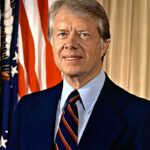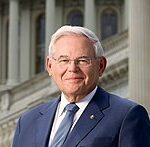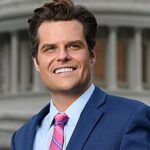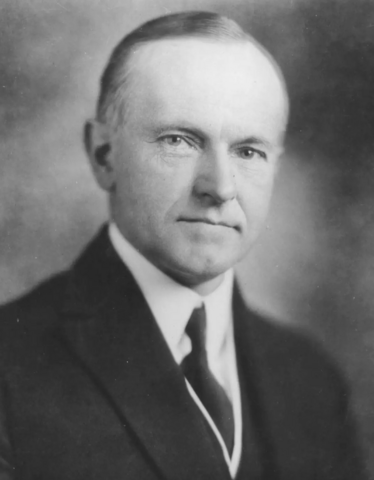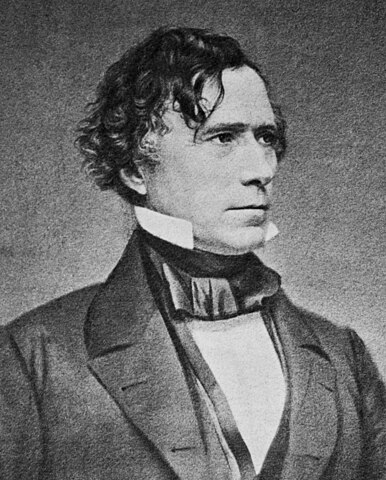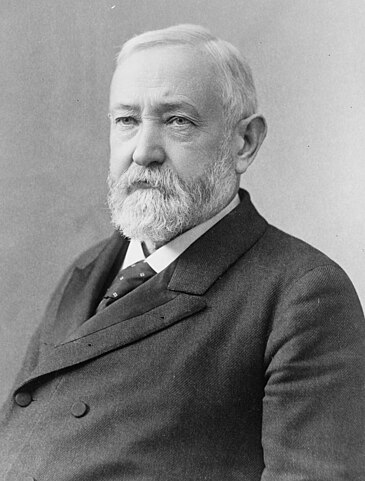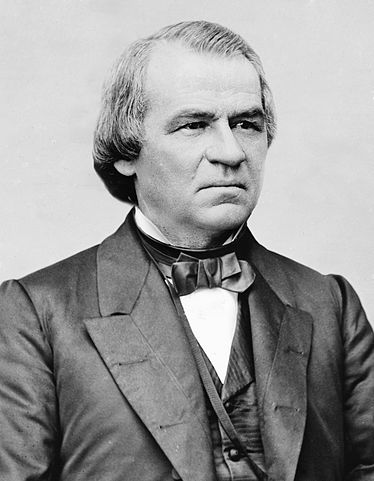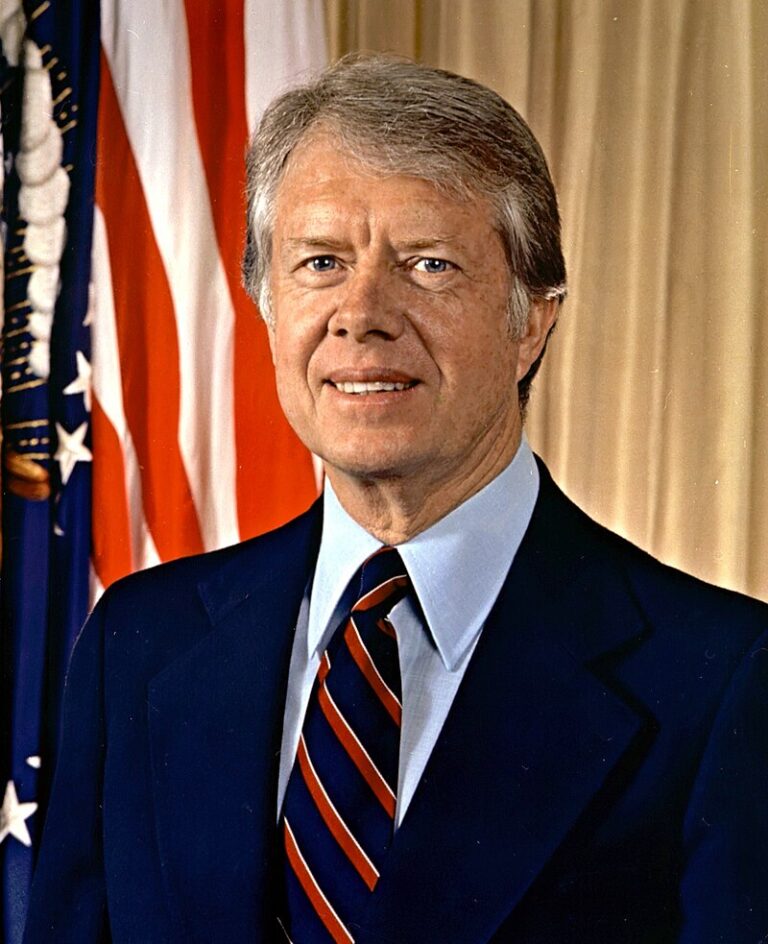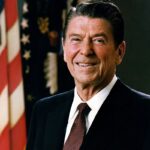
Ronald Reagan, the 40th President of the United States, served from 1981 to 1989 and is one of the most influential figures in modern American politics. Known as “The Great Communicator,” Reagan was a former Hollywood actor who became a conservative icon for his economic policies, anti-communist stance, and emphasis on limited government. While his presidency is often celebrated for reviving American optimism and spurring economic growth, critics point to the long-term consequences of his policies, including rising income inequality, growing national debt, and the erosion of public services.
Early Life and Career
From Humble Beginnings
Born on February 6, 1911, in Tampico, Illinois, Ronald Wilson Reagan grew up in modest circumstances. His small-town upbringing shaped his down-to-earth demeanor, which became a hallmark of his political persona.
Hollywood and Union Leadership
Reagan pursued a career in acting, starring in over 50 films during Hollywood’s Golden Age. He later served as president of the Screen Actors Guild, where he gained experience in negotiations and leadership, laying the groundwork for his political career.
Political Shift
Originally a Democrat, Reagan’s views shifted to the right during the 1950s and 1960s. By the time he entered politics, he was a staunch conservative, advocating for free markets, limited government, and a strong military.
Entry into Politics
Governor of California
Reagan was elected Governor of California in 1966, serving two terms. As governor, he focused on reducing government spending and combating student protests, which bolstered his national profile.
Presidential Bid
After an unsuccessful run in 1976, Reagan secured the Republican nomination in 1980 and defeated incumbent Jimmy Carter in a landslide victory, ushering in an era of conservative dominance.
Presidency (1981–1989)
The Reagan Revolution
Reagan’s presidency is often referred to as the “Reagan Revolution” for its sweeping changes to the American political and economic landscape.
Economic Policies: Reaganomics
Reagan’s economic platform, dubbed “Reaganomics,” was centered on four pillars:
- Tax Cuts: The Economic Recovery Tax Act of 1981 reduced income tax rates significantly, aiming to spur economic growth.
- Deregulation: Reagan removed regulations in industries like banking, transportation, and energy to encourage competition.
- Reduced Government Spending: He slashed funding for social programs, including welfare and public housing, while increasing defense spending.
- Control of Inflation: The Federal Reserve’s tight monetary policies during his administration helped tame inflation.
While Reaganomics is credited with revitalizing the economy in the short term, critics argue it disproportionately benefited the wealthy, increased income inequality, and set the stage for decades of fiscal challenges due to mounting deficits.
Foreign Policy
Anti-Communism and the Cold War
Reagan’s foreign policy was defined by his hardline stance against communism. He famously described the Soviet Union as an “evil empire” and pursued an arms buildup to challenge Soviet influence.
Key achievements include:
- Strategic Defense Initiative (SDI): Dubbed “Star Wars,” this ambitious missile defense program aimed to protect the U.S. from nuclear attacks but faced skepticism for its feasibility.
- Summit Diplomacy: Reagan fostered a working relationship with Soviet leader Mikhail Gorbachev, culminating in the INF Treaty, which reduced nuclear arms.
Military Interventions
Reagan’s administration also involved itself in global conflicts, supporting anti-communist forces in Central America and backing controversial figures, such as the Contras in Nicaragua. Critics argue that these policies often undermined human rights and stability in the regions involved.
Domestic Achievements and Challenges
Restoring National Pride
Reagan’s optimistic rhetoric and focus on traditional values helped restore American confidence after the turmoil of the 1970s.
Social Program Cuts
Reagan’s reductions in funding for education, mental health services, and welfare drew criticism for exacerbating poverty and social inequalities.
Labor Relations
His decision to fire striking air traffic controllers in 1981 was a defining moment in labor relations, weakening unions and signaling a shift in federal labor policy.
Strengths and Legacy
Charismatic Leadership
Reagan’s ability to connect with ordinary Americans earned him enduring popularity. His speeches, often laced with humor and optimism, resonated across party lines.
Economic Growth
The Reagan years saw substantial GDP growth and job creation, marking a period of economic recovery after the stagflation of the 1970s.
Criticisms and Challenges
Rising Inequality
Critics argue that Reagan’s tax cuts and deregulation widened the wealth gap, as the benefits disproportionately flowed to the wealthy while the middle class and poor struggled with stagnant wages.
National Debt
Despite pledges to reduce government spending, Reagan’s defense buildup and tax cuts contributed to a significant increase in the national debt.
Social Policy Neglect
Cuts to social programs under Reagan’s administration led to higher rates of homelessness and weakened safety nets for vulnerable populations.
Conclusion
Ronald Reagan’s presidency left an indelible mark on American politics, economics, and culture. While he is celebrated for revitalizing the economy, strengthening national pride, and ending the Cold War, his policies also contributed to lasting challenges, including rising inequality and an expanded national debt. Reagan remains a polarizing figure, embodying both the promise and pitfalls of modern conservatism.



